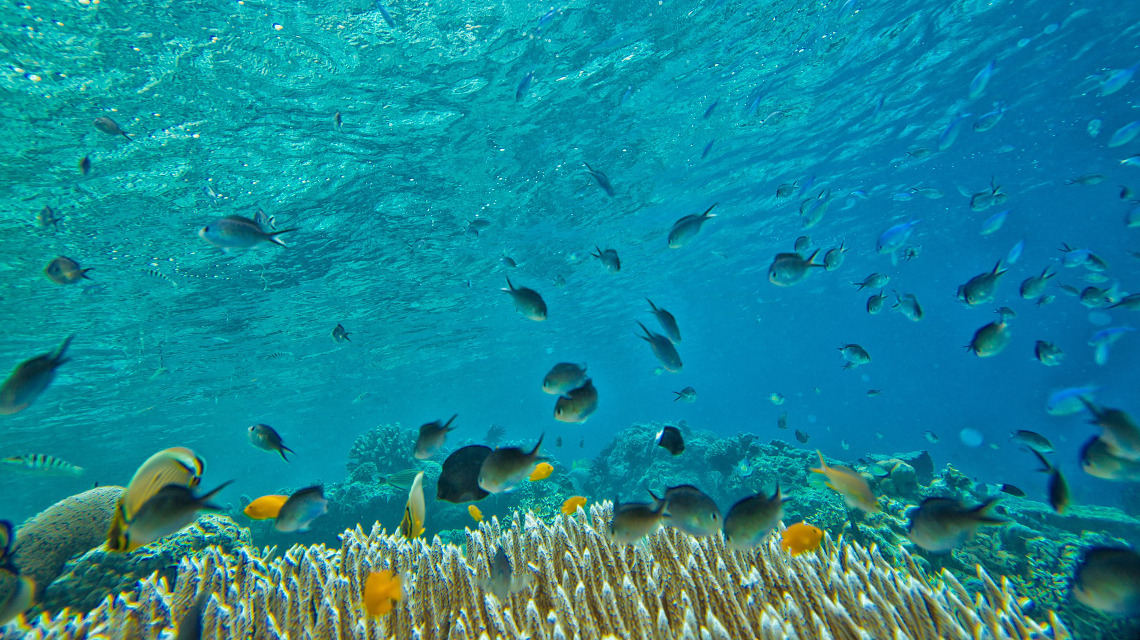Large freshwater fish on the way out
An inventory of life in inland waters reveals a population loss that is twice as high as on land and in the sea.

The population of large freshwater animals - weighing at least 30 kilograms - declined by 88 percent between 1970 and 2012. This is the alarming result of a large-scale study conducted by researchers from the Leibniz Institute for Freshwater Ecology and Inland Fisheries. According to the study, population losses are twice as high as for vertebrates on land and in the sea, as the researchers report in the journal "Global Change Biology". Large fish species such as sturgeon, salmon fish and giant catfish are most affected.
Overexploitation and dams are the problem
The researchers identify as a major cause the overexploitation of species, whether for meat and caviar consumption or as a result of the use of skins for luxury articles and medical devices. However, there is another important cause: "The decline of large fish species is also attributed to the loss of free-flowing rivers as access to spawning and feeding grounds are often blocked by dams," says Fengzhi He, an expert on biodiversity patterns and the protection of freshwater megafauna at the IGB. Nevertheless, another 3700 large dam projects are being planned or under construction worldwide, which will exacerbate this situation. "More than 800 of these planned dams are located in diversity hotspots of freshwater megafauna, including Amazon, Congo, Mekong and Ganges river basins," continues He.
Protection projects with success
The researchers are hopeful that protection efforts will prove successful. In the USA, for example, the populations of 13 large freshwater species are stable or growing. In Europe, there are less large-scale protection strategies - perhaps because of political borders. For example, the study can only point to partial successes in the reintroduction of the European beaver and to attempts to reintroduce the European and Atlantic sturgeon.
Insufficient measures
Overall, the protective measures are very inadequate. "According to the International Union for Conservation of Nature’s Red List of Threatened Species, over half of all assessed freshwater megafauna species are considered as threatened with extinction. Nonetheless, they receive less research and conservation attention than megafauna in terrestrial or marine ecosystems," warns Jähnig. In addition to the protection of freshwater species, monitoring them is also important: Changes in animal populations and their distribution are early indicators of the condition of the ecosystems as a whole.
bl/um


